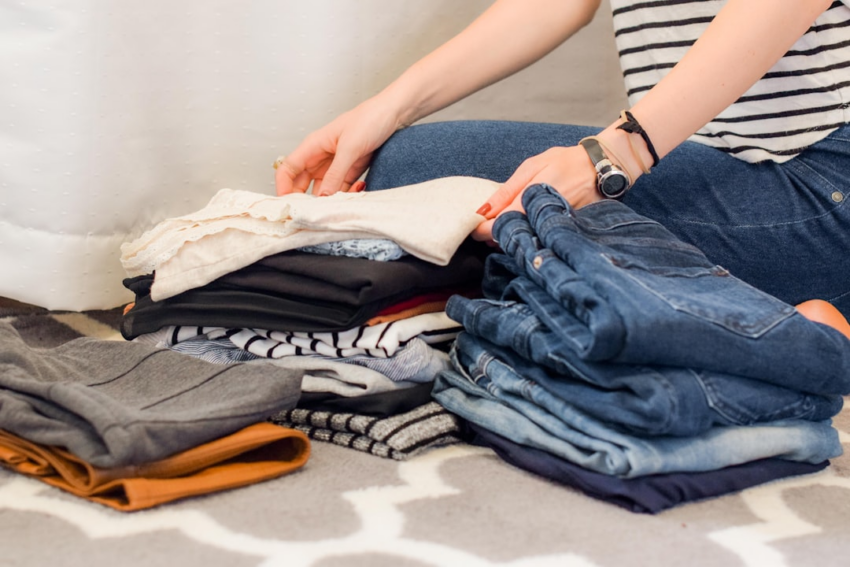Home organization and decluttering are fundamental practices for enhancing the functionality and beauty of your living spaces. The process begins with a thorough inventory of your possessions, followed by strategic decluttering using the 'touch it once' approach to decide what stays, donates, recycles, or discards. Afterward, organizing your home into distinct zones for different activities or storage helps maintain order and prevent new clutter. Investing in practical yet aesthetically pleasing storage solutions is crucial for keeping frequently used items within reach while maintaining a clean appearance. Regularly reassessing your belongings ensures they align with your home organization ethos, promoting mental clarity and daily efficiency. Identifying 'clutter hotspots' like kitchen counters and wardrobes, and employing strategies such as the one-in, one-out policy, can help keep these areas clear. Categorizing items and setting up designated zones further assists in reducing visual clutter and aids in maintaining order. Tailored storage solutions that complement your lifestyle are key to transforming home organization into a sustainable practice. In essence, home organization and decluttering are not merely about tidying up; they are about creating and preserving a tranquil and efficient living environment.
Embarking on a journey to transform your living spaces from chaotic to organized can seem daunting, but with strategic planning and mindful practices, taming the clutter is within reach. This article delves into the art of home organization, offering a comprehensive guide on decluttering your space effectively. From mastering the decline of kitchen counters to wardrobe shelves, we’ll explore practical strategies for managing clutter. We’ll also discuss integrating home organization tools, maintaining order through routines, and even addressing digital clutter. Furthermore, understanding the psychological aspects of letting go is crucial for sustainable organized living. By adopting these tips for achieving and maintaining an organized home, you can create a serene environment that promotes well-being and efficiency. Learn how to declutter and organize your home with ease, making organized living second nature.
- Mastering the Art of Home Organization: Strategies for Decluttering Your Space
- 1. Identifying Clutter Hotspots: Kitchen Counters to Wardrobe Shelves
Mastering the Art of Home Organization: Strategies for Decluttering Your Space
Embarking on a journey to master home organization involves a series of strategic decluttering steps that can transform your living spaces from cluttered to organized. The process begins with a thorough assessment of each area within your home, identifying items that serve a purpose versus those that simply accumulate dust. Implementing the principles of home organization means categorizing belongings and determining their usefulness or sentimental value. A key strategy is to adopt a ‘touch it once’ approach; handle an item only once to decide if it stays, is donated, recycled, or discarded. This method prevents clutter from migrating to other areas and helps maintain order over time.
Once the purging process is underway, establish clear zones within your home for specific activities or items, which facilitates easy navigation and reduces the likelihood of new clutter forming. Utilize storage solutions that are both functional and aesthetically pleasing, such as labeled bins, shelves, and drawers. These should be accessible yet out of sight to keep frequently used items within reach while maintaining a clean and orderly appearance. Regular maintenance is crucial; set aside time weekly or monthly to reassess your belongings, ensuring they continue to align with your home organization goals. By consistently applying these decluttering strategies, you’ll create harmonious living spaces that promote peace of mind and a sense of tranquility.
1. Identifying Clutter Hotspots: Kitchen Counters to Wardrobe Shelves
The journey toward a more organized home begins with pinpointing where clutter tends to accumulate most—these are your ‘clutter hotspots.’ Common areas include kitchen counters, where the remnants of meals prepared and the tools used for cooking often linger, and wardrobe shelves, which can quickly become overwhelmed with clothing items that no longer serve their purpose. Home Organization and Decluttering are pivotal practices in maintaining a living space that promotes calm and efficiency. By identifying these hotspots, you can develop targeted strategies to keep them clear and functional. For instance, on kitchen counters, consider implementing a one-in, one-out policy for gadgets and utensils. This ensures that only what is necessary—and frequently used—remains at arm’s reach. Similarly, in the wardrobe, regular purges of out-of-season or ill-fitting garments can prevent overcrowding. Home Organization and Decluttering also involve categorizing items for easy access and establishing clear zones for different types of belongings. By doing so, you not only reduce visual clutter but also make it easier to maintain order in the long run. Incorporating storage solutions that fit your lifestyle and aesthetic preferences can further enhance the decluttering process, making Home Organization a sustainable practice rather than a one-time event.
Embracing home organization and decluttering transforms cluttered chaos into serene, functional living spaces. By mastering the art of organizing, as outlined in the strategies for decluttering your space—from kitchen counters to wardrobe shelves—you can maintain an environment that promotes well-being and efficiency. These targeted efforts not only enhance the aesthetics of your home but also contribute to a more focused and peaceful mindset. As you continue to implement these effective organization techniques, remember that the journey to a clutter-free life is ongoing; it’s about creating habits that encourage order over disorder, and in doing so, you’ll find that home organization becomes second nature, leading to a living space that truly reflects your personal style and lifestyle.
